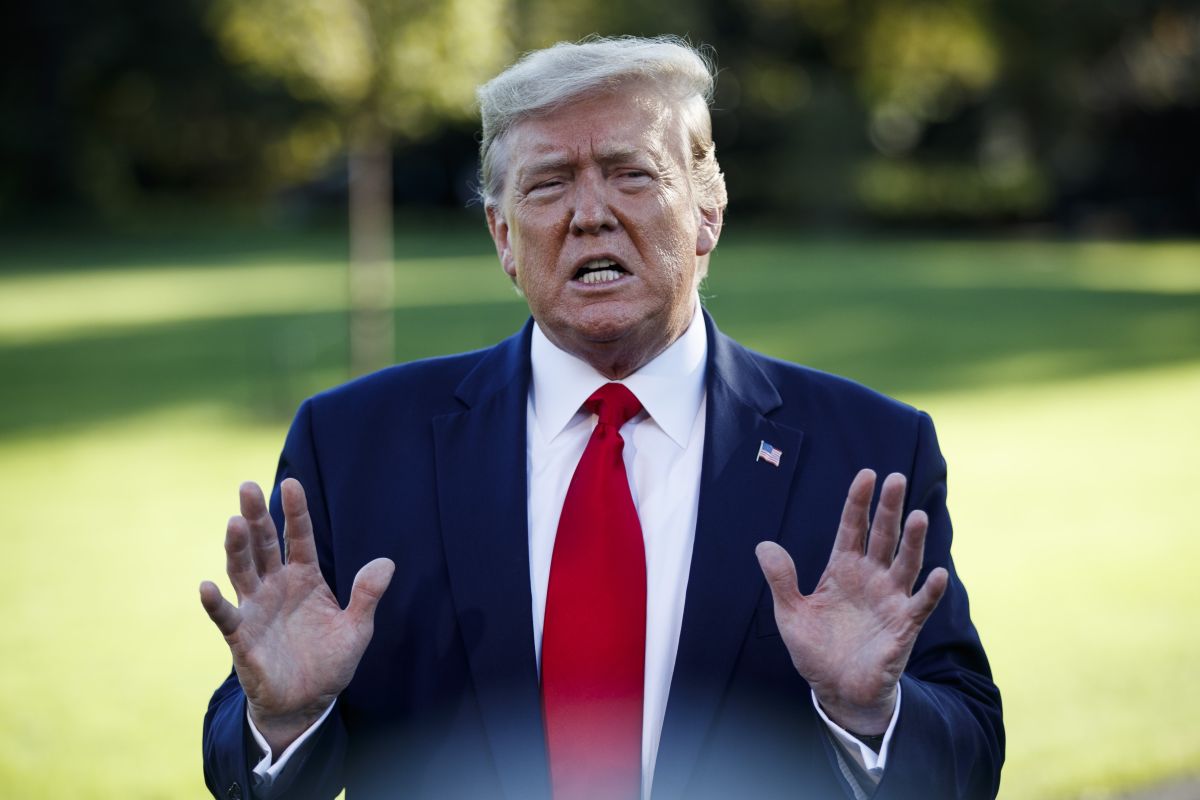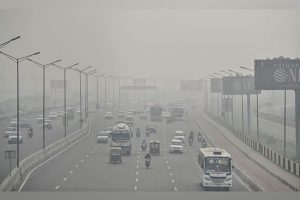Courtesy a fresh round of assault that has the Donald Trump regime slapping fresh tariff on $112 billion of Chinese imports, the American household will pay an estimated additional $800 a year for its routine expenses. The rapidly unfolding trade drama has a new player, Hong Kong, that has dramatized the proceedings some more, the earlier one to take centre-stage having been the Chinese telecom giant, Huawei.
The US President has been hinting that protests in Hong Kong are tied to the elusive trade deal with Beijing, confirming that the commercial fracas has donned geo-political colours with serious implications for an already troubled global economy. Corporate China is doubly concerned about the Huawei factor, especially because the telecom major is now the second-largest global seller of smartphones, surpassing Apple, Inc. and ranking second only to Samsung Electronics.
Advertisement
At a grassroots level, Washington’s latest penal levies have encompassed shoes, nappies and food, amongst others, as President Trump moves towards his 15 per cent duty on $300 billion of Chinese imports by the end of 2019. This can hardly please the average American, currently getting set for the Christmas party season when new footwear, amongst other goods, is an almost must buy.
The shoe would have pinched harder had not the deadline for phase II of the 15 per cent tariff rollout been set post December 15, by when the US citizenry would have concluded the bulk of its festive shopping.
Meanwhile, Americans poring over the 122-page list of products to be impacted realize that nothing will be spared, quite literally, because the threatened penal tariff regime covers just about the entire export basket from Beijing, at an estimated $550 billion.
The American farmer has already been at the receiving end of Chinese tariffs on the USA’s farm produce.
Beijing’s recent retaliation vis-à-vis targeting $75 billion worth of ‘made in America’ goods including, for the first time, a five per cent levy on US crude bodes ill for the already complicated trade war economics though experts believe that China will be worse hit by a long drawn out battle, which could potentially impact gross domestic product growth rates in both countries even in the short run, by around one per cent for the USA and as much as five per cent for China.
Neither party wants that, which is possibly why the Chinese Vice Foreign Minister, Le Yucheng, has made positive noises around the talks making progress, with the possibility of matters getting resolved provided both sides respect each other. It is too early in the day to read that as the first olive branch being extended or fathom whether it will work because Mr. Trump will act and react on what he thinks will best suit his 2020 electoral chances.











